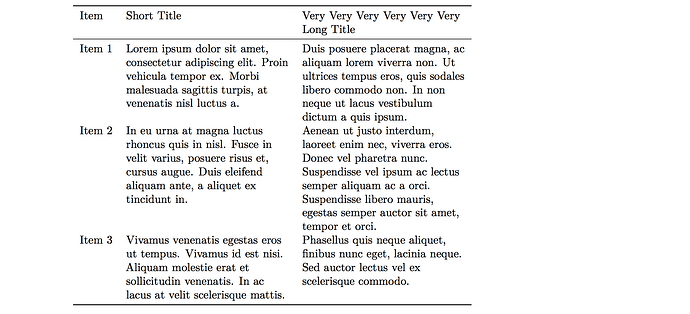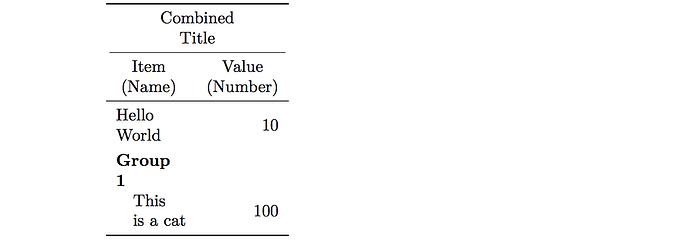Because of questions like this, Hao Zhu haozhu233 just posted "Best Practice for newline in LaTeX table"
Repeated below (with permission):
Best Practice for newline in LaTeX table
Hao, 2018-04-02
Wrapping text and creating newlines may seem to be the same but they are actually quite different. Thinking
about when you “wrap texts” in your text editor, you have a fixed width window and the texts will be
automatically wrapped. It’s like a passive skill (in games :P). However, when you are trying to make newlines,
you are inserting the linebreak by yourself and it’s mostly like an active skill you need to cast. For these two
tasks, LaTeX provides two totally different approaches.
Text wrapping
If you are only trying stop your texts from “overflowing”, you can get it done by setting a fixed width
with kableExtra::column_spec. This is the most recommanded practice as it’s fairly straightforward. The
column width controls the width for both table header and table body.
library(kableExtra); library(tidyverse)
dt <- tibble(
Items = c("Item 1", "Item 2", "Item 3"),
Text_1 = c("Lorem ipsum dolor sit amet, consectetur adipiscing elit. Proin vehicula tempor ex. Morbi malesuada sagittis turpis, at venenatis nisl luctus a. ","In eu urna at magna luctus rhoncus quis in nisl. Fusce in velit varius, posuere risus et, cursus augue. Duis eleifend aliquam ante, a aliquet ex tincidunt in. ", "Vivamus venenatis egestas eros ut tempus. Vivamus id est nisi. Aliquam molestie erat et sollicitudin venenatis. In ac lacus at velit scelerisque mattis. "),
Text_2 = c("Duis posuere placerat magna, ac aliquam lorem viverra non. Ut ultrices tempus eros, quis sodales libero commodo non. In non neque ut lacus vestibulum dictum a quis ipsum. ", "Aenean ut justo interdum, laoreet enim nec, viverra eros. Donec vel pharetra nunc. Suspendisse vel ipsum ac lectus semper aliquam ac a orci. Suspendisse libero mauris, egestas semper auctor sit amet, tempor et orci. ", "Phasellus quis neque aliquet, finibus nunc eget, lacinia neque. Sed auctor lectus vel ex scelerisque commodo. ")
)
kable(dt, "latex", booktabs = T,
col.names = c("Item", "Short Title", "Very Very Very Very Very Very Long Title")) %>%
column_spec(2:3, width = "5cm")
Insert linebreak in table
In LaTeX, to make linebreaks in table cells, people usually use the makecell package. kableExtra 0.8.0
comes with a function called linebreak to facilitate that. Basically, this function will scan for the existence of
\n. If \n exists, it will put the texts in a makecell statement in a proper format. It works in a very similar
way with cell_spec.
linebreak("a\nb")
## [1] "\\makecell[l]{a\\\\b}"
When you have \n in your data frame, you can either change the value manually or simply use it with
dplyr::mutate_all.
dt2 <- data.frame(
Item = c("Hello\nWorld", "This\nis a cat"),
Value = c(10, 100)
)
dt2 %>%
mutate_all(linebreak) %>%
kable("latex", booktabs = T, escape = F,
col.names = linebreak(c("Item\n(Name)", "Value\n(Number)"), align = "c"))
Linebreak in other kableExtra functions
If you have a need to put a linebreak in kableExtra functions such as add_header_above and group_rows,
just go ahead and use \n and it will be automatically converted. Note that this feature is controlled by the
escape option in those functions.
dt2 %>%
mutate_all(linebreak) %>%
kable("latex", booktabs = T, escape = F,
col.names = linebreak(c("Item\n(Name)", "Value\n(Number)"), align = "c")) %>%
add_header_above(c("Combined\nTitle" = 2)) %>%
group_rows("Group\n1", 2, 2)


